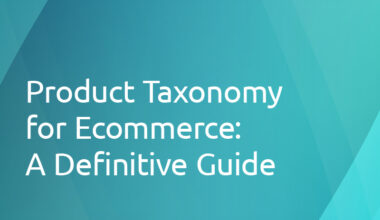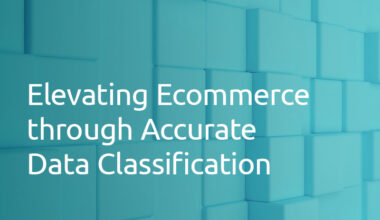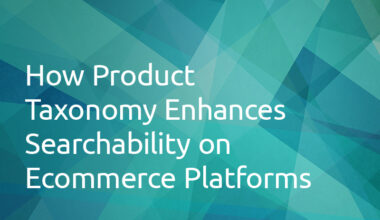In the digital age, seamless data migration is crucial for maintaining business continuity and ensuring data integrity. Data migration is a critical process, often necessitated by business growth, technological advancements, or strategic shifts. When it comes to product data, the stakes are high, making a well-planned migration essential.
What is Product Data Migration?
Product Data Migration is the process of transferring product-related data from one storage, format, or application to another. PDM includes product names, descriptions, images, prices, categories, and other related information.
The Need for Product Data Migration
- System Upgrades: Moving to a more advanced or suitable platform or database.
- Business Mergers or Acquisitions: Consolidating product data from different entities.
- Geographical Expansion: Adapting product data for new markets or regions.
Steps to Successful Product Data Migration
- Preparation:
- Audit existing data to identify inconsistencies or errors.
- Define the scope of migration and set clear objectives.
- Data Cleansing:
- Rectify errors, remove duplicates, and standardize data formats.
- Ensure data quality before migration.
- Mapping:
- Define how data from the source will map to the destination system.
- Consider data structures, formats, and relationships.
- Migration:
- Use automated tools or scripts to transfer data.
- Monitor the process for errors or issues.
- Testing:
- Once migrated, test the data in the new environment.
- Ensure data integrity, consistency, and accessibility.
- Review & Iteration:
- Gather feedback from stakeholders.
- Make necessary adjustments or refinements.
Challenges and Solutions
- Data Loss: Risk of losing crucial data during migration.
- Solution: Always backup data before migration and use reliable migration tools.
- Downtime: Migration can disrupt business operations.
- Solution: Schedule migrations during off-peak hours or in phases to minimize disruptions.
- Data Mismatch: The new system might interpret or display data differently.
- Solution: Thoroughly test and validate data post-migration to ensure consistency.
Tools and Technologies
- Migration Software: Tools like AWS Data Migration Service, Microsoft’s SQL Server Migration Assistant, and Talend provide robust migration capabilities.
- Custom Scripts: For unique or complex migrations, custom scripts in languages like Python or SQL can be developed.
- Data Visualization Tools: Platforms like Tableau can help in visualizing and validating migrated data.
Product data migration, while complex, is a navigable journey with the right planning, tools, and strategies. By ensuring a meticulous approach, businesses can ensure smooth sailing, safeguarding their valuable product data and setting the stage for future success.
If you’re looking for data cleansing and normalization support to better serve your customers and streamline your business, contact our experts at geekspeak.
 1.416.619.5349 Ext.325
1.416.619.5349 Ext.325 







